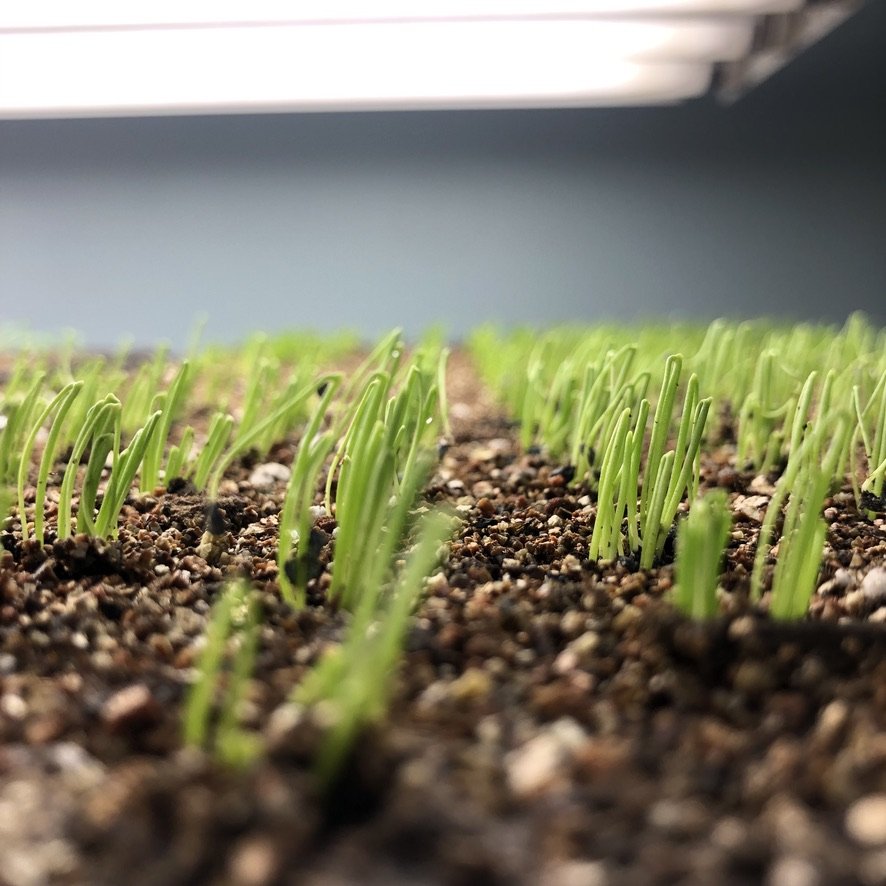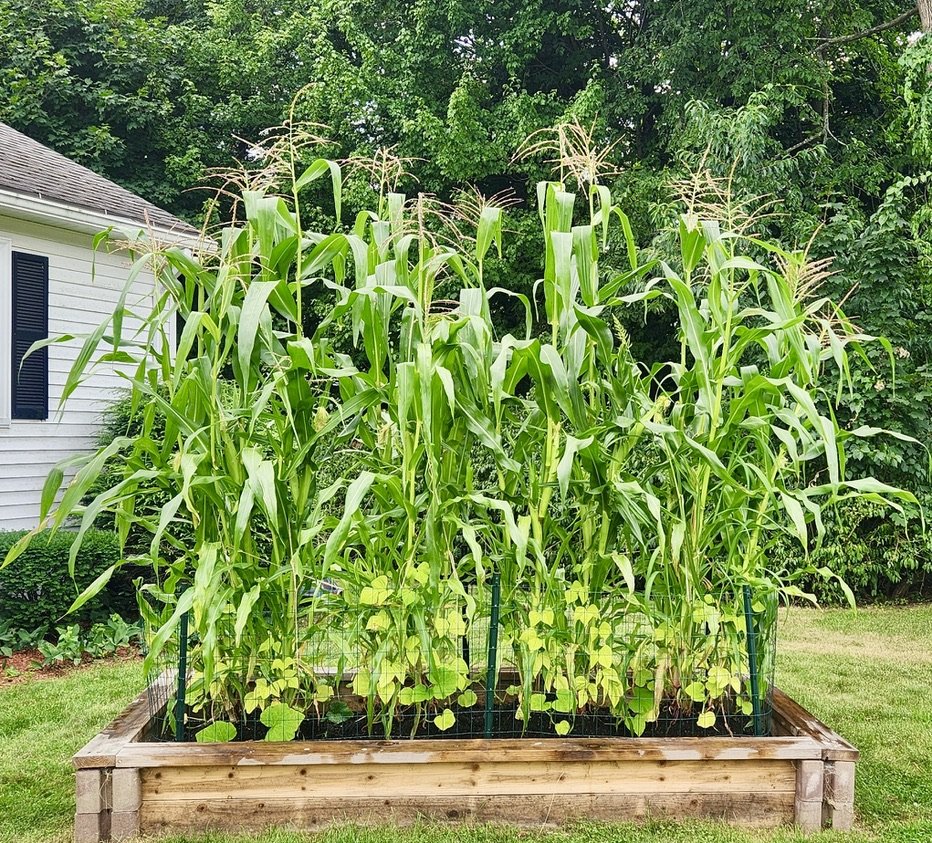
Blog
Deep dives into both timely and timeless food system topics

Fire recovery update - and how you can help!
We’re continuing to recover from the damage caused by a building fire where Sweet Beet Market + Cafe operates back on February 18th. In the effort to keep our community informed on our progress and what to expect, we have a brief update on how the recovery is going.
We hoped the building repairs would not include ripping up the kitchen floor where the fire burned, but unfortunately this could not be avoided. The floor has been partially torn up to remove char-damaged materials and mitigate long term issues. By taking care of this now, we will not have to worry about addressing it and having to close kitchen operations in the future.

Federal Policies Affect Food Security for NH Neighbors
Supplemental Nutrition Assistance Program (SNAP), previously known as food stamps, is a food access program funded by the United States Department Agriculture (USDA).
The funding and administration of SNAP involve collaboration among the Secretary of Agriculture, Congress, and the Farm Bill. Changing administrations can mean big or small changes to federal funding and prioritization of programs like SNAP.
This is a good time to review what this program does and how it supports low income families as there are significant budget cuts making their way through Congress that will have real impacts on millions of Americans.

A Queer Perspective on our Food System Part 1 – Food Consumers
Prior to the spring of 2020, little was known about food security rates for transgender+ and LGB+ individuals throughout the United States. Little was known because it was not measured.

Community Garden Spotlight: A New Space at River Valley Community College
In 2020, a group of community organizations, including the Kearsarge Food Hub, came together to address food insecurity and mental health concerns in the Kearsarge region of New Hampshire exacerbated by the pandemic and co-created the FEED (Food Expansion, Education, Distribution) Kearsarge initiative.

Tray it Forward Update: In Meg's Garden
We launched the Tray it Forward program to distribute seedling trays to families in need, followed by gardening education to help folks reclaim the knowledge of how to grow their own food and connect with nature and community through gardening. Warner resident Meg is a two-year Tray It Forward veteran.

What is Food Sovereignty?
Here at the Kearsarge Food Hub, our mission is to reinvigorate our community within a restorative local food system through cultivating food sovereignty, growing engaged learners, and nurturing community. This mission is a new iteration of what we’ve been working toward over the past five years, with the notable addition of the term food sovereignty.
